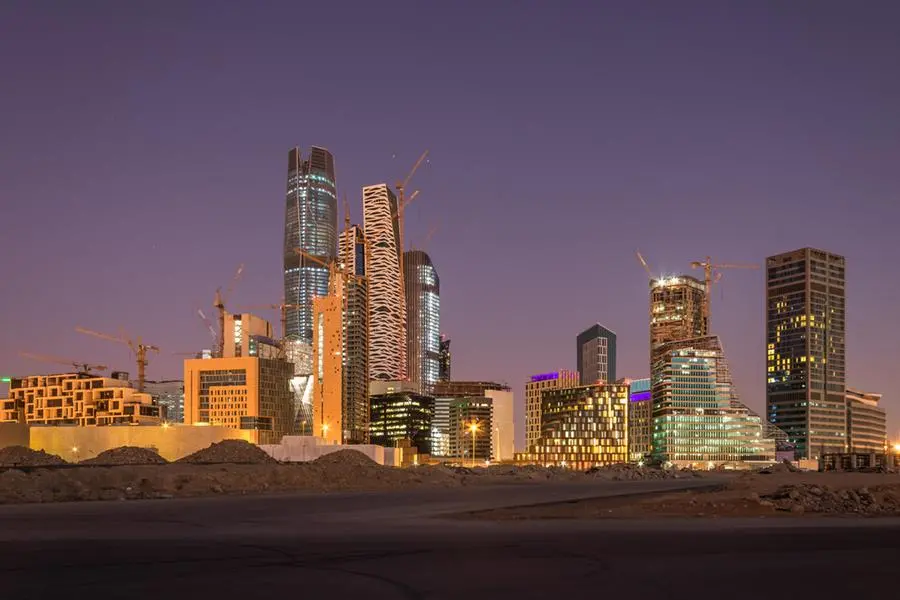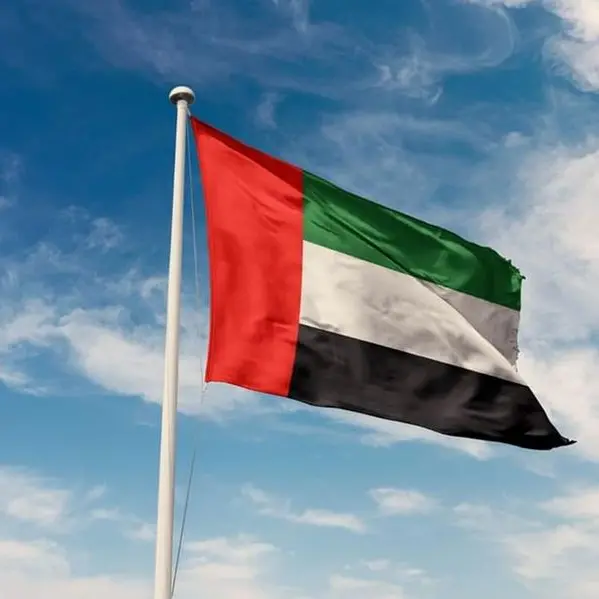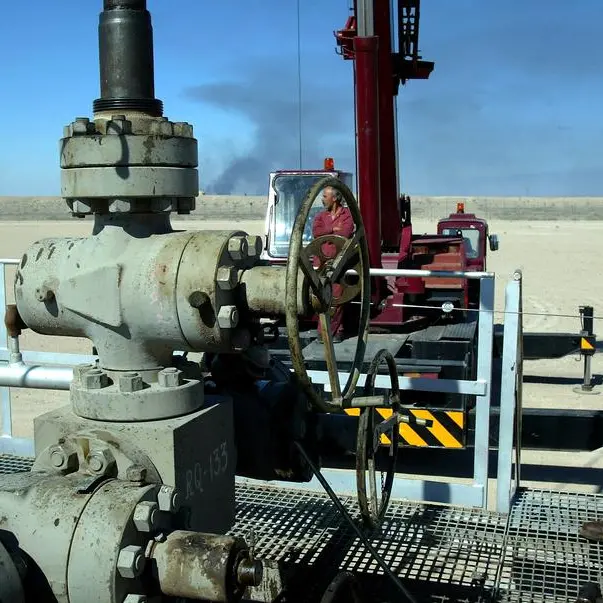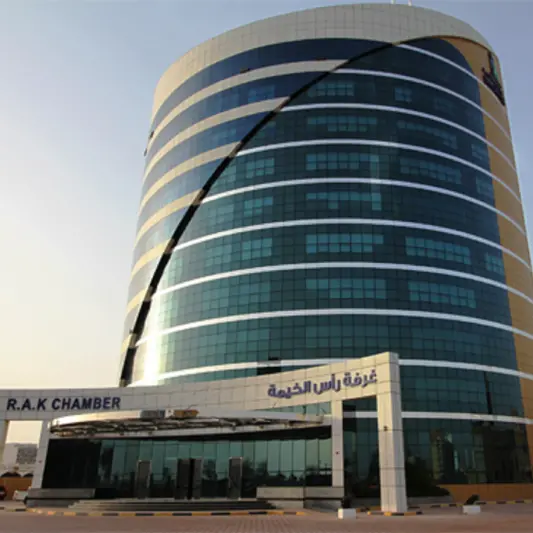PHOTO
Fitch Ratings has affirmed Saudi Arabia’s long-term foreign-currency issuer default rating (IDR) at ‘A+’ with a ‘stable’ outlook.
The ratings reflect the country’s strong fiscal and external balance sheets, with government debt/GDP and sovereign net foreign assets (SNFA) considerably stronger than both the ‘A’ and ‘AA’ medians.
In addition, the Kingdom has significant fiscal buffers in the form of deposits and other public sector assets.
However, oil dependence, low World Bank governance indicators and vulnerability to geopolitical shocks remain relative weaknesses.
Saudi Arabia has one of the highest reserve coverage ratios among Fitch-rated sovereigns at 16.5 months of current external payments.
Fitch forecasts a budget deficit of 2.3% of GDP in 2024, similar to 2023 and slightly ahead of the 1.9% of GDP budget plan.
“We expect spending 3.5% above budget, at SAR 1.3 trillion on higher capex and procurement. We also assume revenue to be higher than budgeted and higher than in 2023, despite our assumption that average oil production and prices will be lower.”
Revenue will be supported by performance-related dividends from Saudi Aramco. However, the rating agency expects a wider budget deficit of 2.8% of GDP in 2025, given that spending aligns with budget plans, lower oil prices and higher oil production at 10 million barrels per day).
However, oil dependence remains a rating weakness. Oil revenue will account for around 60% of total budget revenue in 2024-2025 (down from 90% 10 years ago) and oil GDP 30% of total nominal GDP.
“Saudi Arabia’s fiscal break-even oil price for the budget has risen in recent years and we forecast it will remain above $90 per barrel in 2024 before falling to $85 per barrel in 2025,” the rating agency said.
(Editing by Seban Scaria seban.scaria@lseg.com)




















